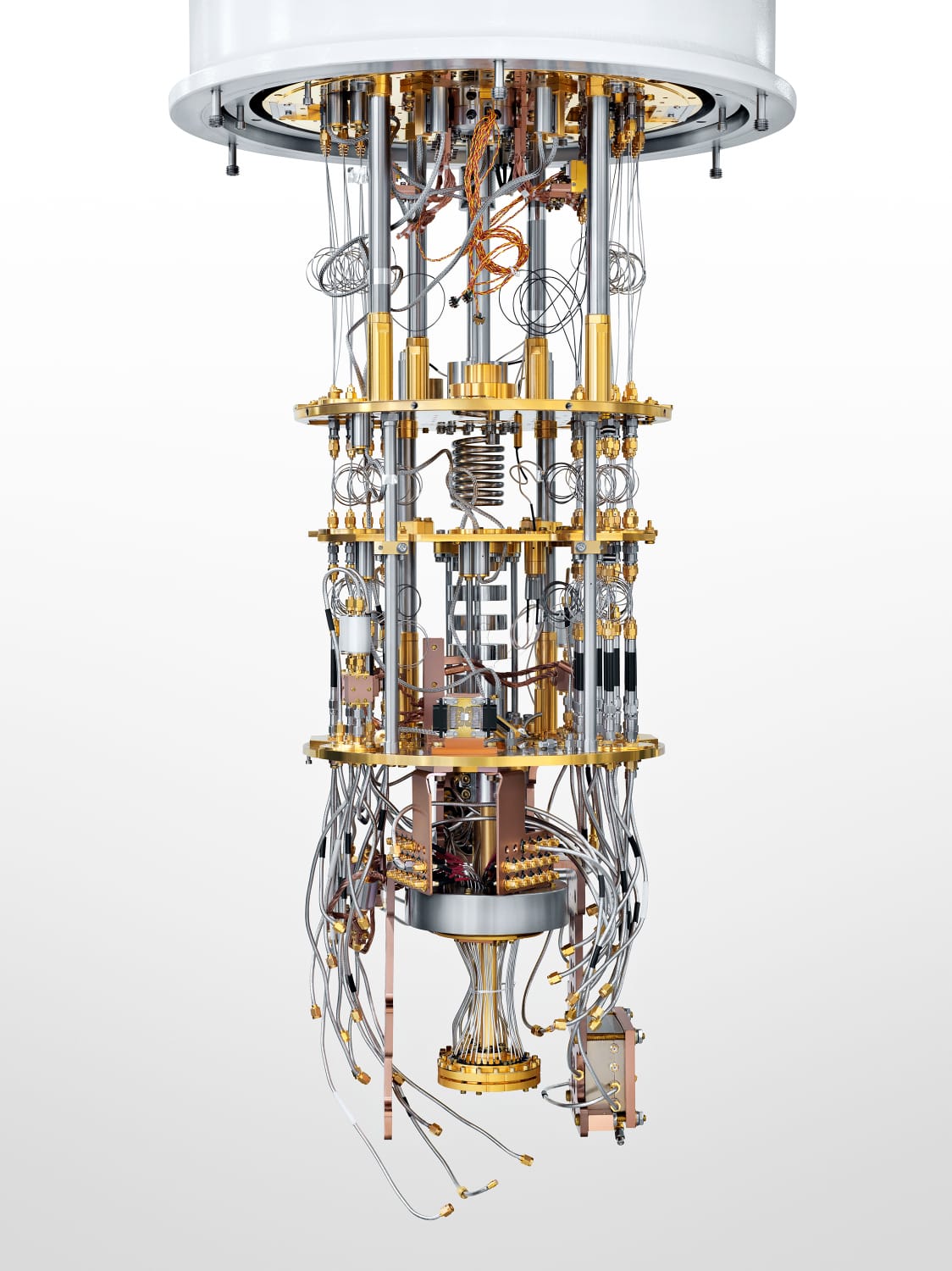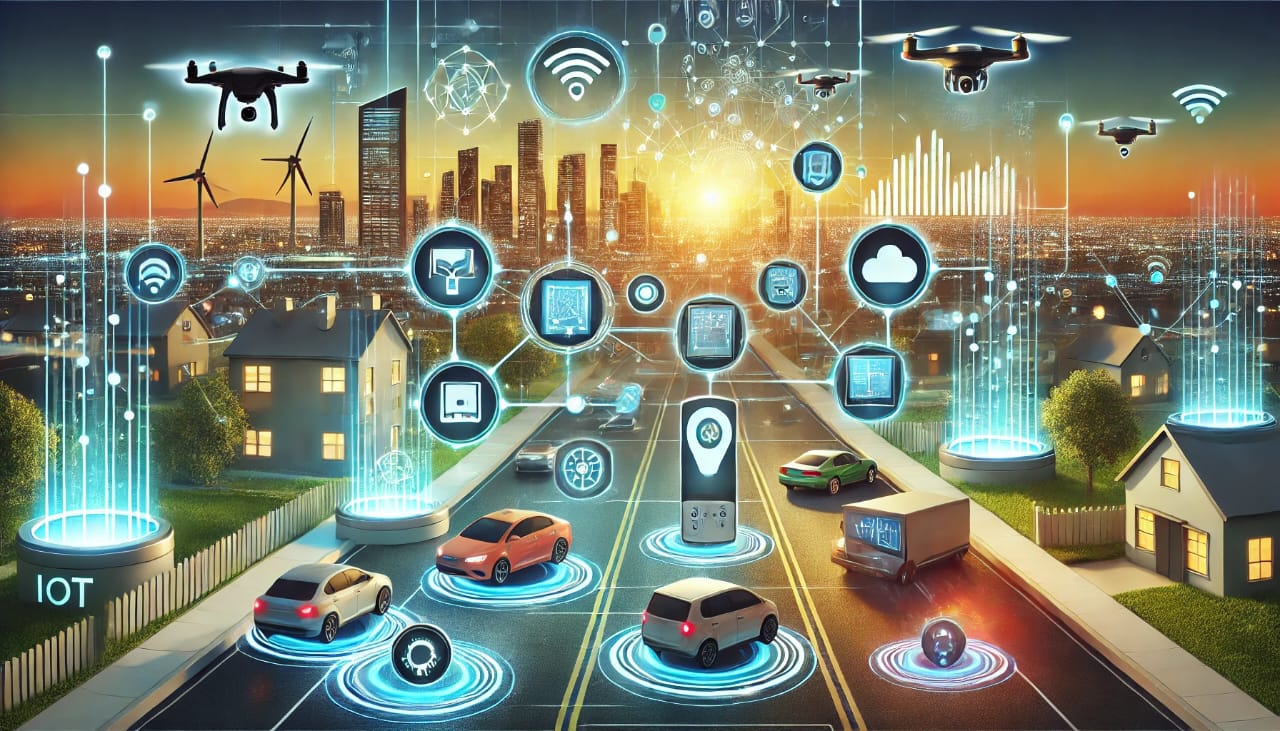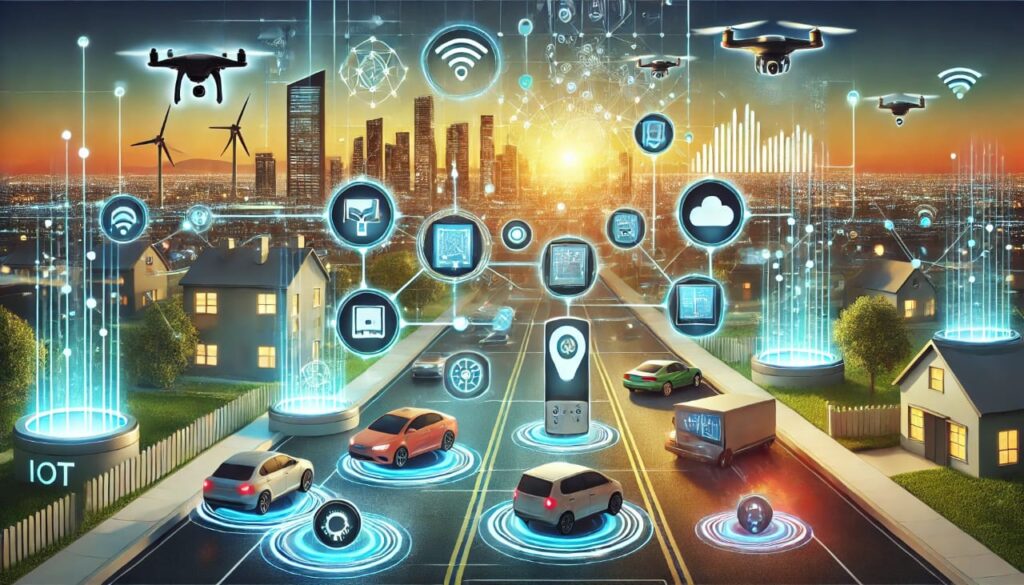
Introduction
In our Today’s world Edge AI is changing how we interact with technology. By bringing artificial intelligence (AI) closer to the data source. These AI technology minimizes latency, enhances our privacy and also improves operational efficiency. From self governed vehicles to smart cities, These AI technologies are shaping the future of intelligent systems. In this blog we will discuss all about Edge AI.
What is Edge AI?
Edge AI is the development of AI algorithms directly on edge devices such as our smartphones, the loT sensors and industrial machines. It does not rely on cloud computing.
It’s Key Characteristics:
- Low latency: It Processes the data faster because it does not send data to the cloud.
- Enhanced Privacy: Sensitive data stays on the device reducing the risk of data breaching.
- Scalability: Supports a vast number of devices and applications.
How does Edge AI Works?
Edge AI combines AI models into hardware with very little computing power. It involves 3 main component:
- Edge Devices: includes the physical devices like cameras, sensors and wearables.
- AI Models: These areLightweight models which are optimised for local processing.
- Inference Engines: These are software that clarify our AI models to make predictions or decisions.
For example a security camera which is equipped with Edge AI can detect and alert the user for the unauthorised access immediately without relying on cloud processing.
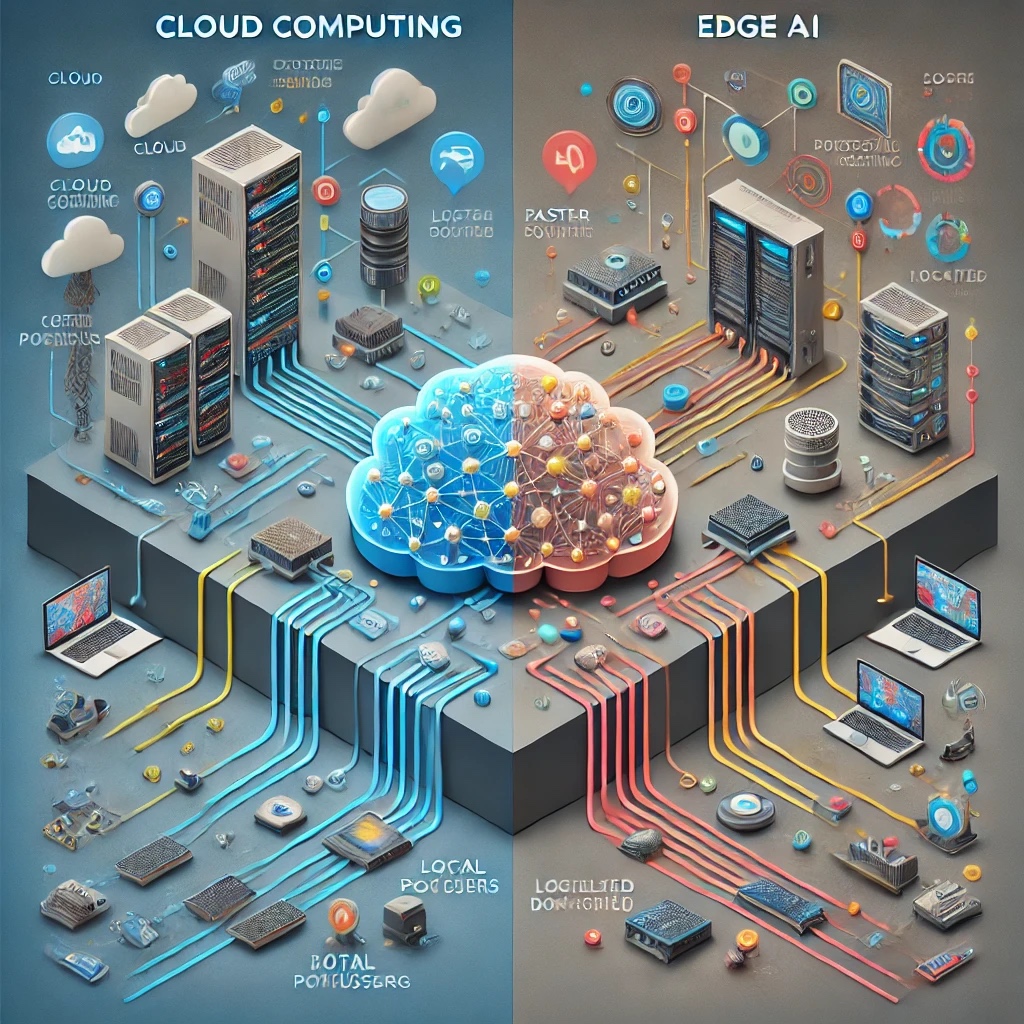
It’s Applications
- Self driving Vehicles:
Self driving cars rely on it for fast analysis of road conditions, traffic etc. This includes fast decision making which is crucial for passengers safety.
- Smart Cities:
Gives smart city solutions for example traffic management systems, energy efficient buildings and waste management. It makes urban living more sustainable and efficient.
- Healthcare:
Wearable health devices used in healthcare which uses AI technologies to monitor vital signs and provide instant health alerts which are very useful for patient care.
- Retail:
It is also transforming the retail sector by delivering real time insights
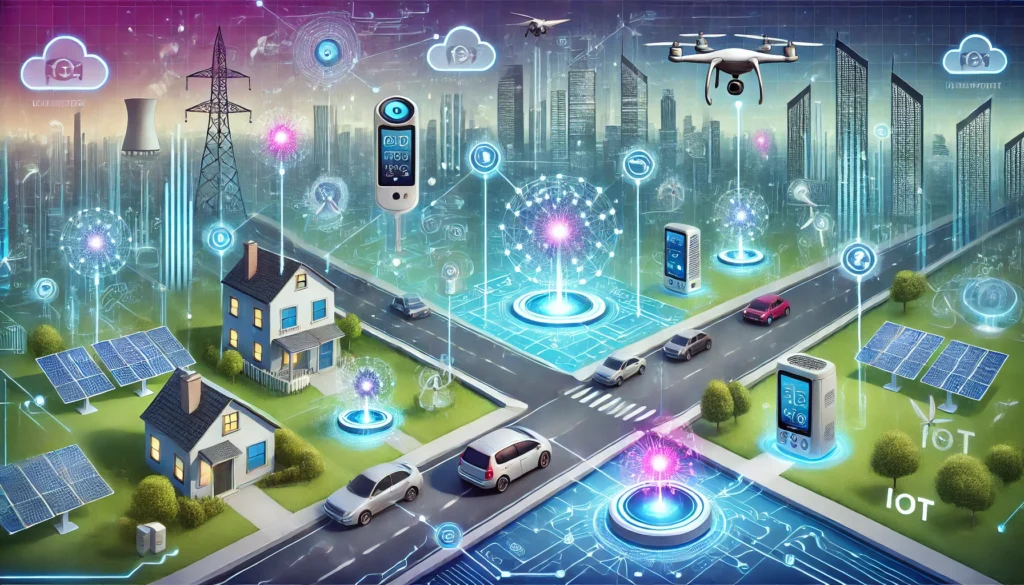
It’s Benefits :
- Real time processing
It is critical for applications like medical devices and industrial automation where every second counts.
- Cost Efficiency
Processes data locally which reduces cloud computation cost.
- Improved Readability
It gives consistent performance even if the network is disrupted.
- Energy Efficient
This also minimizes data transfer which reduces energy consumption making it very useful for battery operated devices.
Challenges in Implementing :
- Hardware Constraints: Normally Edge devices have limited computing power and storage requiring highly optimised AI models.
- Security Concerns: Because the data remains local ensuring the security of Edge devices is a challenge.
- Integration Complexity: Installing it in existing systems requires significant efforts.
Future Outcomes :
The rapid advancements in AI and hardware technologies are bringing more opportunities for more powerful and efficient AI solutions. Future inclusions may also include the following.
- Advanced Edge Chips: These are more powerful processors that are designed for AI computations.
- AI driven IoT Ecosystems: The combination of multiple Edge devices for collaborative intelligence.
- Sustainable Edge solutions: In future low power dvices may be adapted to support green technology initiatives.
Conclusion
Edge AI is really a game changer in the tech landscape. It opens up endless possibilities across industries by enabling real time processing across industries. As the technology is evolving it will play a vital role in shaping the intelligent system.
You Might Like
If you want to read more then click here
FAQ’s
How does Edge AI differ from Cloud AI?
While Cloud AI relies on centralized servers to process and analyze data, Edge AI performs these tasks locally on the device, reducing latency and improving privacy.
What are the key applications of Edge AI?
Edge AI is widely used in:
- Autonomous vehicles for real-time decision-making.
- IoT devices in smart homes and cities.
- Healthcare wearables for monitoring patient vitals.
Retail systems for personalized shopping experiences.
What are the benefits of using Edge AI?
- Real-Time Processing: Quick decision-making.
- Enhanced Privacy: Localized data processing reduces risks.
- Cost Efficiency: Minimizes cloud storage and bandwidth expenses.
- Reliability: Ensures performance even during connectivity issues.
What challenges are associated with Edge AI?
- Limited computing power of edge devices.
- Security vulnerabilities in distributed systems.
- Integration complexity with existing infrastructure.
What industries benefit the most from Edge AI?
Industries like automotive, healthcare, manufacturing, retail, and urban planning (smart cities) gain significant advantages from Edge AI implementations.
What is the role of hardware in Edge AI?
Efficient Edge AI depends on specialized hardware, such as AI accelerators and chips, which allow faster processing with minimal power consumption.
How does Edge AI contribute to sustainability?
By reducing data transfer to the cloud and lowering energy consumption, Edge AI supports green technology initiatives and reduces environmental impact.
What is the future of Edge AI?
Edge AI is expected to evolve with advancements in AI chip designs, seamless IoT integration, and the adoption of low-power solutions for sustainable tech growth.
How can businesses implement Edge AI?
Businesses can start by:
- Identifying use cases where real-time data processing is critical.
- Investing in edge-compatible hardware.
- Collaborating with AI solution providers for custom deployments.
If you have any query feel free to contact us
Read More About Us


